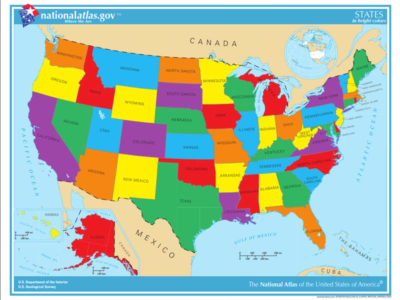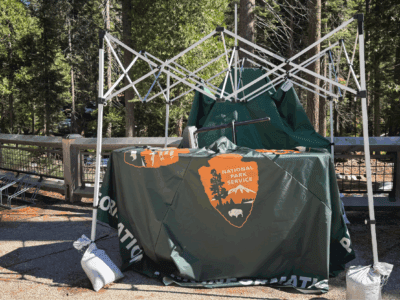Corroding the Separation of Environmental Powers
“Who decides?” is the first question to ask about a policy issue. Trump’s answer is “me.”
Who has the power to make an environmental decision? Foundational legal rules address this issue, allocating authority between the White House, federal agencies, federal courts, and state governments. Trump is trying to corrode those rules to take effective power over the environment into his own hands.
The President v. Agencies. One of the allocations of powers has been in the executive branch. One reason for giving civil servants some degree of independence is to ensure that, along with presidential policy preferences, government decisions also reflect objective fact-finding and faithful adherence to congressional directives. Political appointees have the ultimate power to decide, but civil servants aren’t supposed to approach every decision with an eye to what would make the President happy. DOGE and Schedule F are designed to make every government worker a political appointee whose only goal is to please the White House.
The President v. Congress. DOGE epitomizes Trump’s effort to effectively repeal congressional enactments by Presidential fiat. Congressionally enacted programs grind to a halt if there is no funding or staff to implement them. Trump has also directed agencies to pause the effective date of regulations implementing congressional mandates, with no effort to provide legal justifications for doing so.
The President v. the Courts. A key feature of the framework of environmental law is that agency regulations are subject to judicial review. Courts determine whether the agency acted within its statutory authority, followed required procedures, and gave a reasoned explanation for its decision. But many Trump rollbacks don’t take official form; they take place through vague pronouncements (“End DEI!”), which low level officials then feverishly interpret and execute at the risk of being fired. Judicial review is difficult under those conditions. Members of the Administration, including his Vice President, have hinted that the government might not obey a court order that he finds objectionable.
The President v. the States. There are some exceptions, but environmental laws typically set floors for regulation, allowing states to adopt more stringent rules. Trump has used threats to coerce states to repeal stringent rules, such as threatening to withhold disaster relief from California unless the state rolled back protections for waterways and forests. He has also called state renewable energy policies “dangerous” and called on agencies to challenge them. The Supreme Court has forbidden the federal government from commandeering states to enforce federal policies, but Trump seems determined to sidestep that prohibition and force states to support his campaign for fossil fuel “dominance.”
Trump is not the only recent President to push the envelope on presidential powers. But he has gone farther than his predecessors. Biden took actions that federal courts ruled exceeded statutory authority, raised separation of powers issues, or threatened federalism. The difference is that Trump has used brute-force attacks on agencies plus extortion against states rather than taking overt legal actions that courts can review.
Reader Comments
One Reply to “Corroding the Separation of Environmental Powers”
Comments are closed.







Dan,too bad too many intellectuals refuse to communicate with the “Impure” public,
this attitude enables politicians and intellectuals to destroy our civilization.